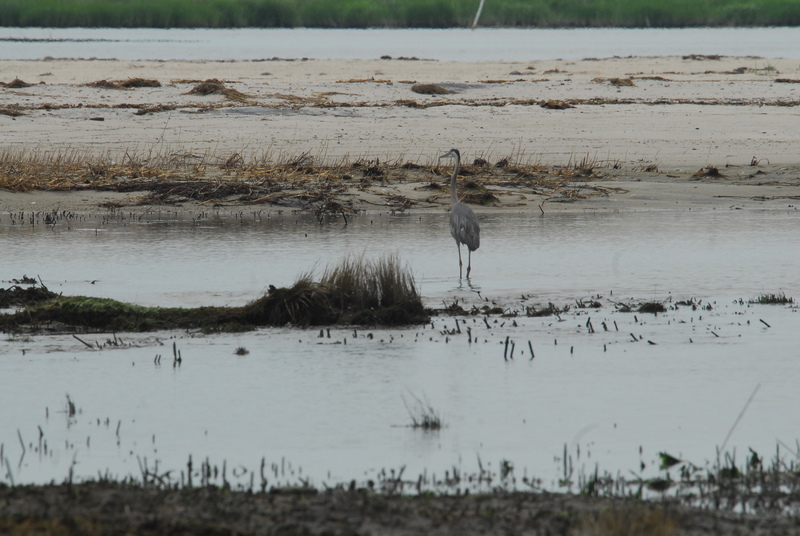The U.S. Fish and Wildlife Service has decided to undertake a ramped-up environmental study to assess factors affecting Prime Hook National Wildlife Refuge.
The service announced May 9 it would develop an environmental impact statement for its long-term comprehensive conservation plan for the refuge on Delaware Bay near Milton. When the service began developing the plan in 2005, the plan called for a less intense study, known as an environmental assessment, which is required for a majority of national wildlife refuges across the country.
Six years later, it has become evident the environmental and management issues at Prime Hook require more the thorough analysis and additional opportunities for public involvement called for in preparing an environmental impact statement, said Michael Stroeh, refuge manager.
The service’s notice of intent to complete the study has been published in the Federal Register. Public comments may be submitted to northeastplanning@fws.gov through Thursday, June 23.
The decision to complete a full environmental impact statement will continue the planning process started in 2005. All public comments received during earlier hearings in Milton, Dover and Lewes will be considered in drafting the statement, said Stroeh. More than 100 residents attended the meetings.
The service anticipates making a draft of the study available for public review by late summer 2011.
The conservation plan is a 15-year plan for managing wildlife populations, wildlife habitats and public-use programs on a national wildlife refuge. Each plan is developed to meet environmental standards and public-involvement requirements of the National Environmental Policy Act.
Under the National Wildlife Refuge Improvement Act of 1997, the service is required to complete a plan for all national wildlife refuges by the end of 2012.
Prime Hook National Wildlife Refuge was established in 1963 to protect wintering and breeding habitat for migratory birds. The refuge spans 10,133 acres on the western shore of the Delaware Bay. It is a mix of saltwater and freshwater wetlands, bordered by woods and other upland habitats, and is considered a premiere site for waterfowl hunting. Residential developments and agricultural lands surround the refuge.
Storms wreak havoc on refuge
The refuge has come under assault over the past three years from a series of powerful storms and nor’easters causing breaches in the duneline in the northern section of the refuge in the Fowler Beach area.
Saltwater overwash from the bay has helped to alter at least one of the freshwater impoundments.
Kyla J. Hastie, acting regional director, said several key issues will be studied including sea-level rise and other factors affecting refuge marshes such as mosquito control, cooperative farming and hunting on refuge lands.
“Successful conservation strategies will require an understanding of climate change and the ability to predict how those changes will affect fish and wildlife at multiple scales,” she said.
Sea-level rise models indicate that much of the refuge could be under water within 50 to 100 years.
Hastie said an on-refuge farming program with a long history has come to a halt pending the findings of the comprehensive conservation plan. Following a court order banning genetically modified crops, the refuge stopped its farming program in 2006.
Hastie said the refuge is asking the public for ways to improve its hunting program. “Hunting has and will continue to be an integral component of the public-use program at the refuge,” she said.
The acting director said it’s becoming more difficult to balance the needs of wildlife and people as residential development encroaches on wild areas, and more visitors participate in wildlife-dependant recreational activities at the refuge. Controlling mosquitoes, which are a part of the natural environment and an important food source, by using insecticides can have devastating effects on insects, which are in turn food sources for fish, amphibians and migratory birds.
“We will continue to work with state’s mosquito-control section while striving to protect the biological integrity, diversity and environmental health of the refuge,” she said.






















































